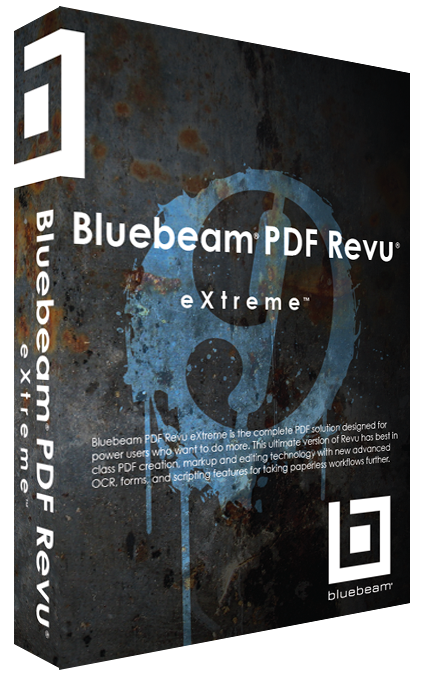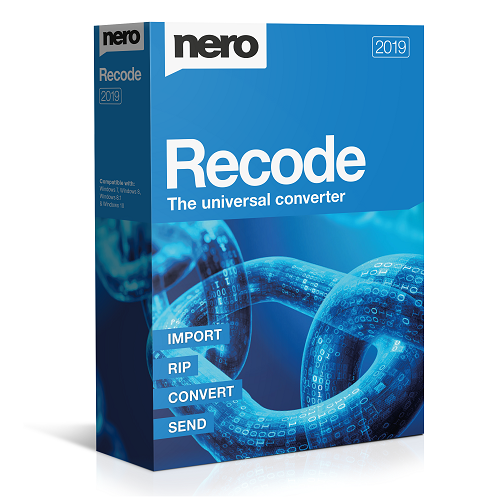Introduction
When conducting distribution analysis (and life data analysis), the events that are observed are assumed to be statistically independent and identically distributed (IID). A sequence or collection of random variables is IID if:
- Each has the same probability distribution as any of the others.
- All are mutually independent, which implies that knowing whether or not one occurred makes it neither more nor less probable that the other occurred.
In life data analysis, the unit/component placed on test is assumed to be as-good-as-new. However, this is not the case when dealing with repairable systems that have more than one life. They are able to have multiple lives as they fail, are repaired and then put back into service. The age just after the repair is basically the same as it was just before the failure. This is called as-bad-as-old. For reliability growth and repairable systems analysis, the events that are observed are part of a stochastic process. A stochastic process is defined as a sequence of inter-dependent random events. Therefore, the events are dependent and are not identically distributed.
- The time-to-failure of a product after a redesign is dependent on how good or bad the redesign action was.
- The time-to-failure of the product after the redesign may follow a distribution that is different than the times-to-failure distribution before the redesign.
There is a dependency between the failures that occur on a repairable system. Events that occur first will affect future failures. Given this dependency, applying a Weibull distribution, for example, is not valid since life data analysis assumes that the events are IID. Reliability growth and repairable systems analysis provide methodologies for analyzing data/events that are associated with systems that are part of a stochastic process.



















There are no reviews yet.